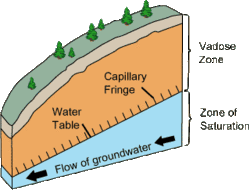What Is Blue Carbon and Why Is It Important?

Introduction: Blue carbon is an intriguing concept that revolves around the storage of carbon in coastal and marine ecosystems. It's fascinating to discover that ecosystems like mangroves, seagrasses, and salt marshes have this incredible ability to absorb carbon dioxide from the atmosphere, playing a significant role in mitigating climate change. As we delve into the world of blue carbon, we will explore its importance, the different types of blue carbon ecosystems, their remarkable capacity to capture and store carbon, ongoing efforts to conserve and restore these ecosystems, and the wide range of benefits they offer. Blue Carbon Ecosystem Understanding Blue Carbon Blue carbon refers to the carbon stored in coastal and marine ecosystems, setting it apart from green carbon found in forests and brown carbon in peatlands. These unique ecosystems, including mangroves, seagrasses, and salt marshes, possess the exceptional ability to absorb atmospheric carbon dioxide during photosynth...

